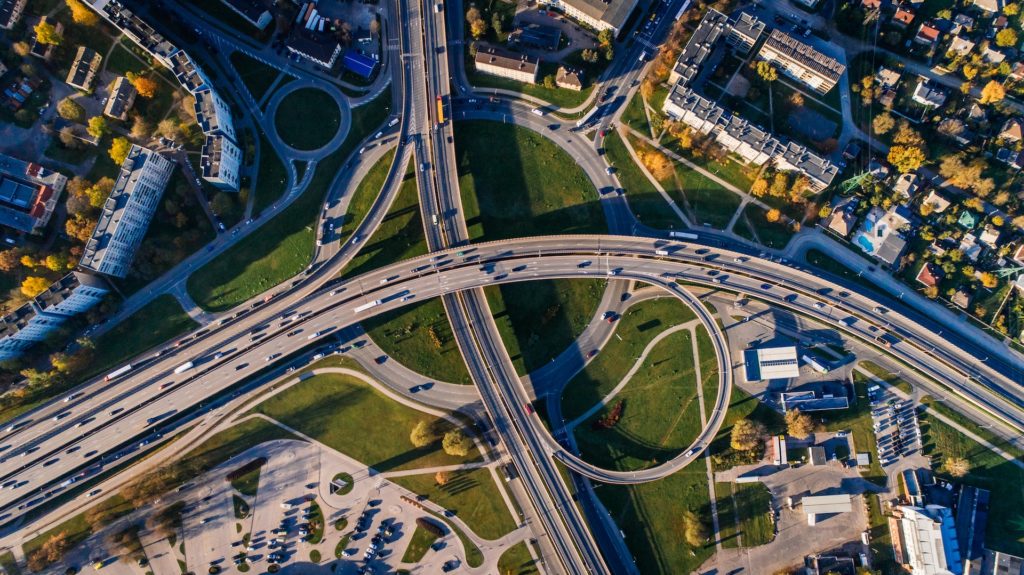Bridges are a vital component of transportation infrastructure, providing essential links between different parts of a city or country. However, due to the constant exposure to weather conditions, traffic loads, and aging, they are subject to wear and tear, which can lead to structural damage and failure. Therefore, it is essential to ensure that bridges are regularly inspected to identify issues and prevent catastrophic events. This article will discuss five crucial reasons why bridges must be routinely inspected.
1. Safety
The primary reason why bridges must be routinely inspected is safety. Bridges are subject to a wide range of stresses and strains, including temperature changes, wind loads, and heavy traffic. Over time, these stresses can cause fatigue and cracking, leading to structural damage and potential collapse. A bridge collapse can be catastrophic, leading to loss of life, property damage, and disruption to transportation networks. Regular inspections can identify issues early on, allowing for timely repairs and maintenance to prevent accidents.
2. Compliance with Regulations
Another crucial reason why bridges must be routinely inspected is to comply with regulations. Governments and regulatory bodies have established bridge construction and maintenance standards to ensure public safety. These regulations typically require regular inspections and maintenance of bridges to ensure that they meet specific safety standards. Failure to comply with these regulations can lead to significant fines, litigation, and damage to a company’s reputation.
3. Cost-Effective Maintenance
Routine inspections can help identify any potential issues with a bridge before they become major problems. This can allow for timely repairs and maintenance, which can be more cost-effective than waiting for a catastrophic failure. For example, repairing a minor crack in a bridge can be much less expensive than replacing an entire section after a collapse. Additionally, routine inspections can help identify areas of a bridge that are more prone to damage or wear, allowing for targeted maintenance and repairs to prolong the lifespan of the structure.
4. Long-Term Durability
Regular inspections can help ensure the long-term durability of a bridge. By identifying and addressing any issues early on, the structure can be maintained in good condition, preventing the need for extensive repairs or replacement in the future. Additionally, routine inspections can help identify any design or construction flaws that may lead to long-term durability issues. By addressing these issues early on, engineers and contractors can make improvements to future bridge designs, improving their overall durability and longevity.
5. Public Confidence
Finally, routine inspections can help maintain public confidence in the safety of bridges. Bridges are essential for the functioning of a city or country’s transportation infrastructure, and any issues or failures can lead to significant disruptions and damage to the economy. Regular inspections help ensure bridges are safe and can function correctly, reducing the risk of disruptions or failures. Additionally, regular inspections can help identify potential issues early on, preventing accidents that could damage public confidence in the safety of bridges.
In conclusion, regular inspections of bridges are critical for ensuring the safety, durability, and longevity of these essential structures. By identifying issues early on, we can prevent catastrophic failures and maintain public confidence in the safety of our transportation infrastructure. So let’s ensure we give our bridges the attention they deserve to keep us all safe and connected.



